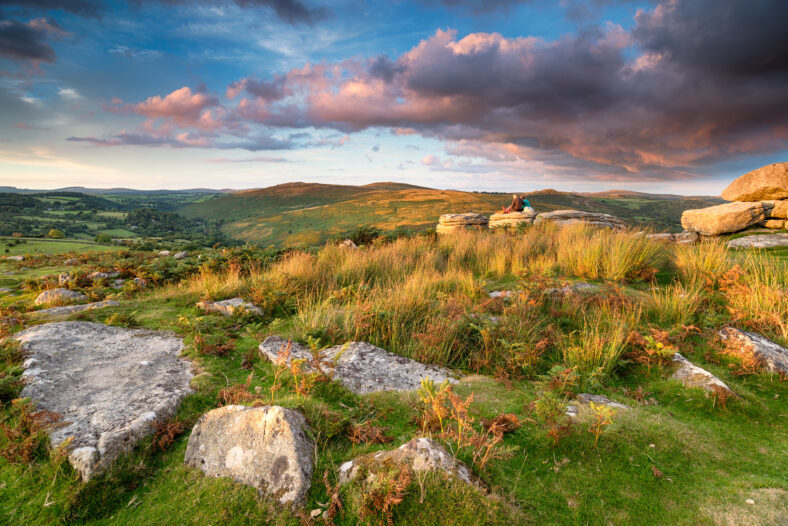These Prehistoric Stone Circles Are Like Stonehenge, And May Have Been Used For Ritual, Ceremonial, Or Astronomical Purposes

About 5,000 years ago, two stone circles were built in what is now southwest England, proving that Stonehenge was not the only circle from the Stone Age in the region.
The remains of the prehistoric monuments were found during fieldwork that was being conducted near Taw Marsh in Dartmoor National Park, which is located in the county of Devon.
“The findings are significant in the national context of our understanding of the development and purpose of stone circles, and very significant in terms of our understanding of Dartmoor’s prehistory and environmental change,” said Alan Endacott, the leader of the investigation and a researcher at the University of Exeter.
He first identified the sites in 2011 while searching for a ring of stone circles in the northern part of the national park. Previously, in 2007, he discovered the Sittaford stone circle.
After many years of surveying the area using scientific techniques, he was recently able to excavate the sites, with the help of some volunteers. One of the sites showed evidence of a stone circle at the bottom of a hill.
It was dubbed the Metheral stone circle. The structure is made up of around 20 stones. There is evidence of more stones having been there in the past. Many of the remaining stones had fallen over or were obscured by vegetation.
According to Endacott, it is not an actual circle because the southern perimeter is flattened. It measures around 131 feet from west to east and 108 feet from north to south.
Across the perimeter of the circle, an external bank was revealed, which could represent a concentric feature.
“If it is indeed directly associated with the stone circle, although not necessarily contemporary, it is suggestive of a Neolithic henge monument of a similar form to the Stripple Stones on Bodmin Moor, the Ring of Brodger on Orkney, Avebury or even the earlier phase of Stonehenge, which would be an amazing discovery in itself,” said Endacott.

Sign up for Chip Chick’s newsletter and get stories like this delivered to your inbox.
The stone circle is similar to the central part of Stonehenge, which was built around the same time but about 100 miles to the northeast.
The other stone circle is approximately a mile north of the Metheral circle. It was named the “Irishman’s Wall” after a local land feature.
Only six of its stones have survived. Endacott had to use resistivity and magnetic gradiometry instruments to map it.
The area of southwest England is rich with the remains of prehistoric stone circles and other Neolithic monuments, including burial mounds and chamber tombs.
The original purpose of the stone circles is still unclear, but they are thought to have been used for ritual, ceremonial, or astronomical purposes.
“[These structures] help to build a picture of monumentalization in the later Neolithic in western Britain and how the cosmos was viewed, as well as their perception of the natural landscape and the sacred places of former generations,” Endacott said.
More About:News